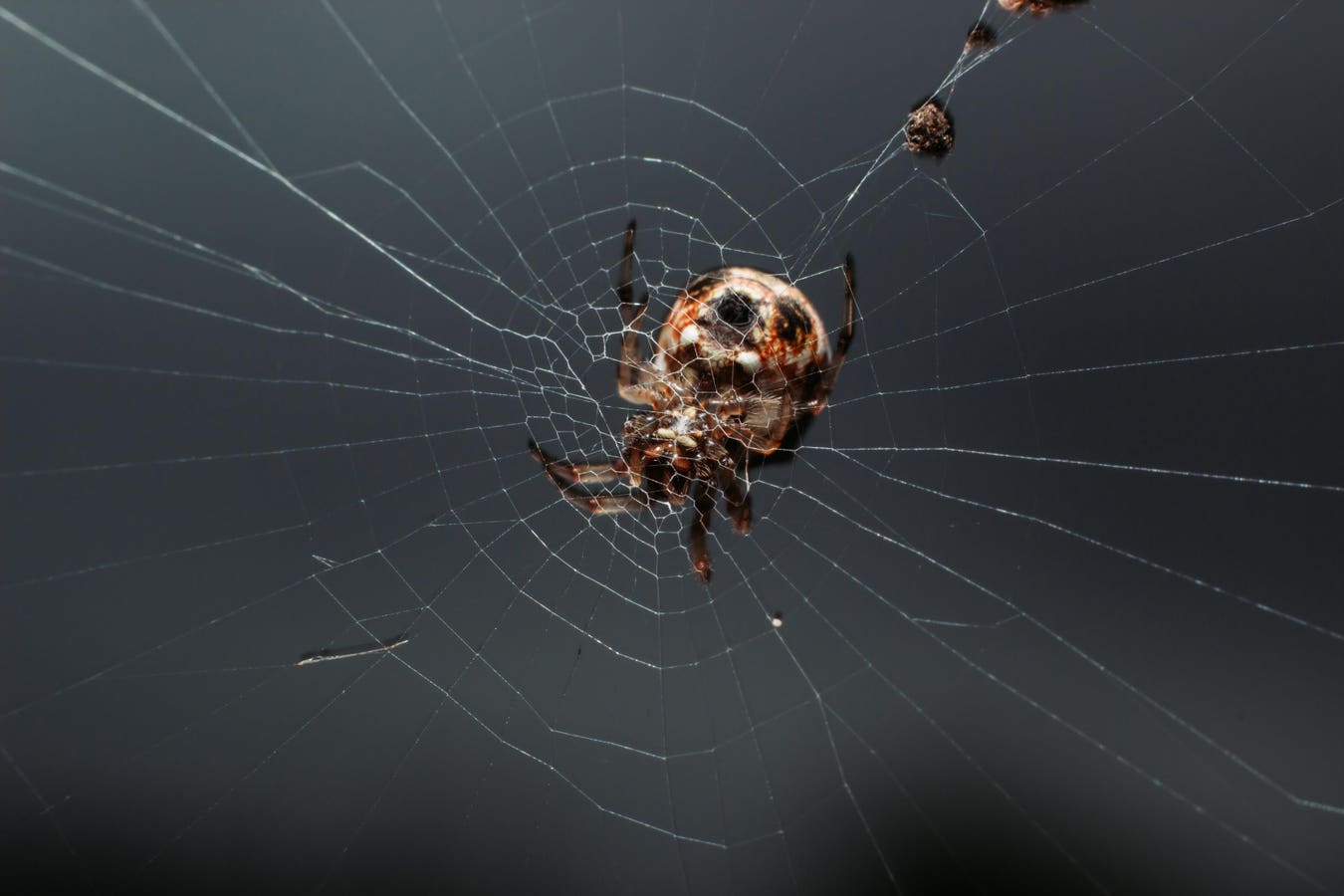Whether it’s for pleasure or proliferation, most animals feel accomplished after sex. But for male … More
Sex in the animal kingdom, beyond the passing on of genes and possibly pleasure, is also a life-or-death gamble. From frogs that devour their mates for nutrition to praying mantises that simply kill their partners after the act, sexual cannibalism comes in many colors.
But few creatures deal with it quite as dramatically as the Asian hermit spider. For males of Nephilengys malabarensis, if mating doesn’t end with an instant ejection of their mating organs, they’re almost certain to be dinner after sex.
For Male Asian Hermit Spiders, Sex And Survival Come At A Heavy Cost
Found across tropical Asia, from India and Sri Lanka to China and Indonesia, the Asian hermit spider is small and unassuming. Males rarely exceed five millimeters in length, while females can grow to three times that size.
But don’t let their appearance fool you.
These spiders are at the center of one of the most bizarre evolutionary arms races known to science. For male Asian hermit spiders, the adventure begins when the females try to devour them after sex.
To survive this fatal attraction, males have evolved a macabre countermeasure. They eject their genitals mid-copulation.
Each male spider comes equipped with two palps, which are sperm-delivering structures near the head. During mating, one or both palps are detached and left lodged inside the female’s reproductive tract.
In many species of spiders that indulge in sexual cannibalism, the males tend to be more monogynous (seeking out only one or two partners), while the females might seek out more partners, according to a February 2012 study published in Biology Letters.
Besides helping the males save themselves, detaching their palps inside the female also increases the likelihood of keeping other males from approaching his partner. The male won’t regrow his genitals, but he will give his offspring a better shot at survival.
What Doesn’t Kill This Spider Makes It Stronger — But Rids It Of Its Palps
As bizarre as it sounds, this genital self-sacrifice has a serious evolutionary upside.
It has been observed that the sperm is transferred more rapidly when the palp breaks off during female aggression, and males that eject their palps earlier can leave them functioning longer. Detached palps act as both sperm delivery systems and physical mating plugs, blocking rival males from mating with the female.
This reduces sperm competition and improves the odds that the eunuch male’s genes are the ones passed on. And while emasculation might seem unfavorable to us, it is highly empowering for male Asian hermit spiders. The ejection of the palps marks a critical shift in their behavior after copulation.
Once they’re free of their genitals, male Asian hermit spiders move into a hyper-aggressive mode. They stick around the female’s web, fending off competing males and protecting their one shot at fatherhood. In laboratory settings, these so-called “eunuch” males become better fighters, demonstrating more pace, agility and persistence in defense.
With no future reproductive opportunities, the male puts everything into guarding the female, with the severed palps still working on his behalf.
Asian hermit spiders showcase a remarkable instance of sexual conflict giving rise to extraordinary adaptations. In the evolutionary conflict between predatory females and desperate males, the Asian hermit spider has turned self-castration into a survival tactic and a reproductive advantage.
He may leave the act minus a palp or two. But for Nephilengys malabarensis, that sacrifice is often the only way to leave behind something more important — a lineage of his own.
The Asian hermit spider’s unique adaptation might seem strange to some and brilliant to others. How do you feel about the remarkable ways in which nature finds a way to promote survival against the odds? Take a 2-minute test to see where you stand on the Connectedness to Nature Scale.








